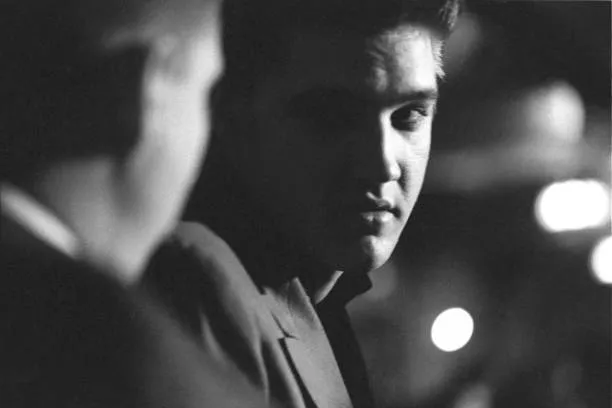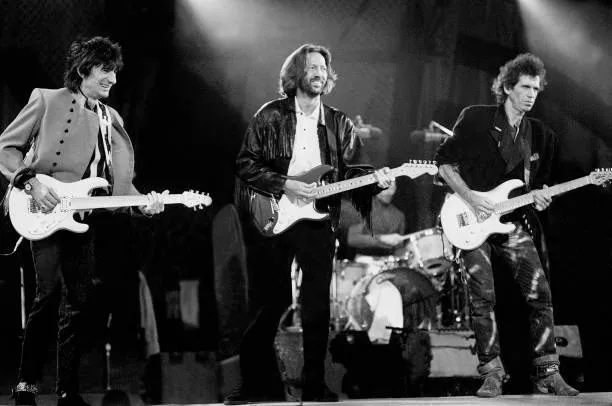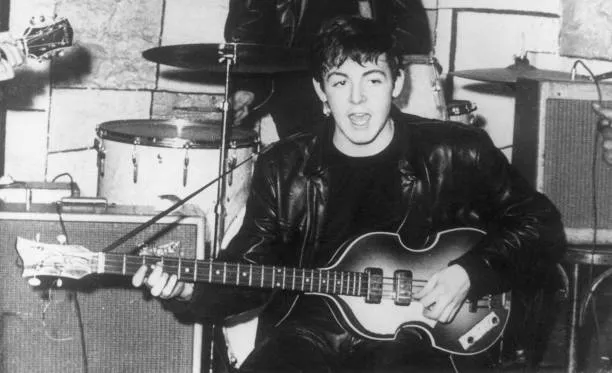The Beatles revolutionized popular music not only with their songwriting and performances but also with their innovative recording techniques. Working primarily at Abbey Road Studios with producer George Martin and engineer Geoff Emerick, The Beatles pushed the boundaries of what was possible in the recording studio. Their creativity and willingness to experiment with new technologies and methods helped to craft their iconic sound and influenced countless artists and producers. Here are some of the key recording techniques that defined The Beatles' music.
Multi-Tracking and Overdubbing

One of the most significant innovations The Beatles utilized was multi-tracking, which allowed them to record different parts of a song separately and then combine them. This technique enabled them to experiment with complex arrangements and layer various instruments and vocals. Early in their career, they used two-track and four-track recorders, but by the time of "Sgt. Pepper's Lonely Hearts Club Band," they were using eight-track machines, which gave them even more flexibility.
Overdubbing was a crucial aspect of their multi-tracking process. The Beatles would record the basic track of a song first, usually consisting of drums, bass, and rhythm guitar. They would then overdub additional parts, such as lead guitar, keyboards, and vocals. This allowed them to create richer and more intricate soundscapes than would have been possible with a live recording.
Innovative Use of Tape Effects

The Beatles were pioneers in the use of tape effects, which added new dimensions to their recordings. One of their most famous techniques was automatic double tracking (ADT), developed by Abbey Road engineer Ken Townsend. ADT involves duplicating a vocal track and slightly delaying one of the copies, creating a thicker and more textured sound. John Lennon, in particular, was a fan of this technique, as it saved him from having to manually double-track his vocals.
Another significant tape effect was tape looping, which involves creating loops of magnetic tape to produce repeating patterns of sound. This technique was used extensively on "Tomorrow Never Knows" from the "Revolver" album. The song features a series of tape loops that create a swirling, hypnotic backdrop, contributing to its psychedelic feel.
Varispeed Recording

Varispeed recording was another technique The Beatles and George Martin frequently employed. This involves altering the tape speed during recording or playback to change the pitch and tempo of a track. For example, on "In My Life," the piano solo was recorded at a slower speed and then played back at normal speed, giving it a distinctive harpsichord-like quality.
Use of Unconventional Instruments and Studio Techniques
The Beatles were not afraid to incorporate unconventional instruments and sounds into their recordings. George Harrison’s introduction of the sitar on "Norwegian Wood" opened up new sonic possibilities and showcased the band's willingness to explore different musical cultures. They also used orchestral instruments in novel ways, such as the string quartet on "Yesterday" and the orchestral crescendos on "A Day in the Life."
The band and their production team also employed various studio techniques to create unique sounds. For instance, on "Strawberry Fields Forever," they combined two different takes of the song, recorded at different tempos and keys, by varispeeding one of the takes to match the other. The result was a seamless yet slightly surreal track that epitomized their experimental approach.

Creative Microphone Placement and Recording Techniques
Geoff Emerick, who became The Beatles' chief engineer during the recording of "Revolver," played a key role in developing innovative microphone placement and recording techniques. For example, on "Eleanor Rigby," Emerick close-miked the string quartet, placing the microphones very close to the instruments. This produced a more immediate and aggressive sound, which was quite different from the typical classical recording style.
Another example is the recording of Ringo Starr’s drums. Emerick often used unusual techniques, such as placing microphones directly in the bass drum or using tea towels to dampen the drumheads, to achieve a distinct and punchy sound that became a hallmark of The Beatles’ recordings.
Conclusion

The Beatles' recording techniques were as revolutionary as their music. By embracing new technologies, experimenting with unconventional methods, and working with visionary producers and engineers, they were able to create an unparalleled body of work that continues to influence and inspire. Their willingness to push the boundaries of what was possible in the studio not only defined their iconic sound but also set new standards for the recording industry, making them true pioneers of modern music production.



